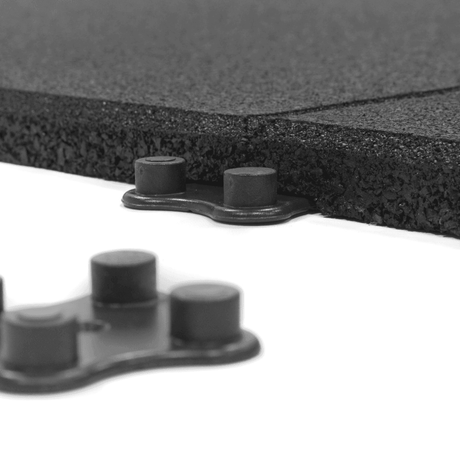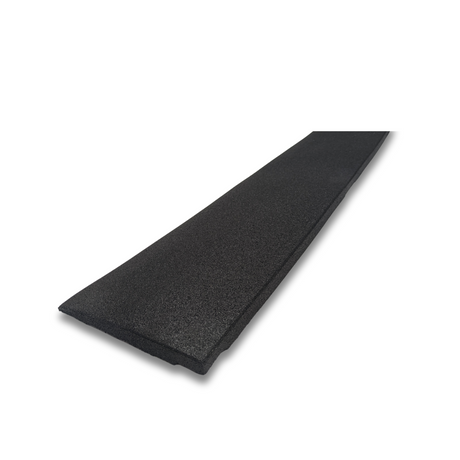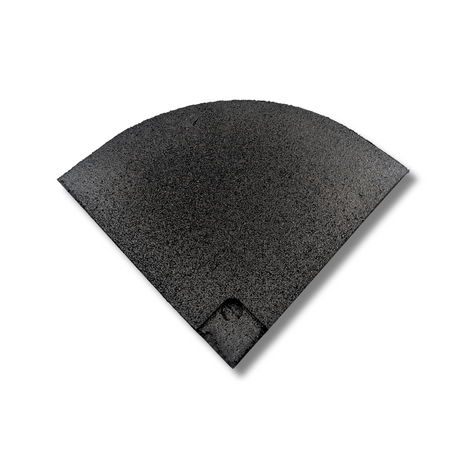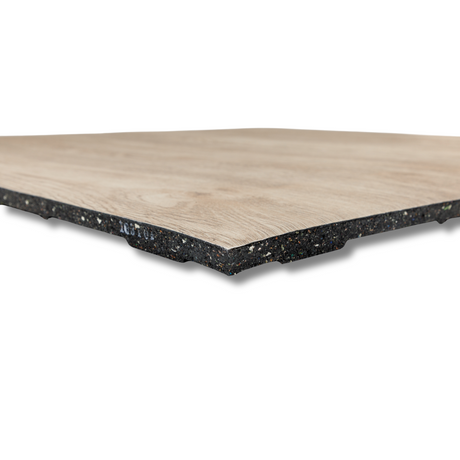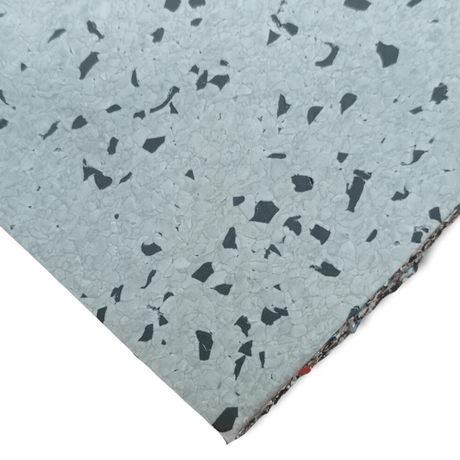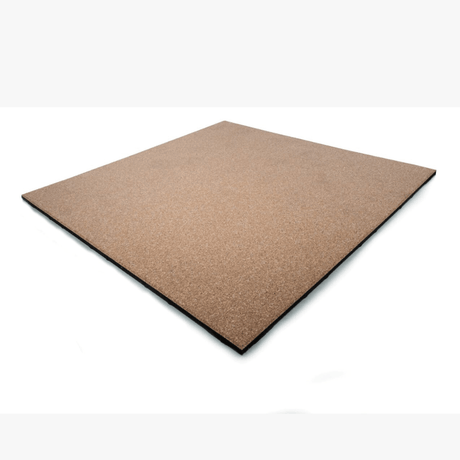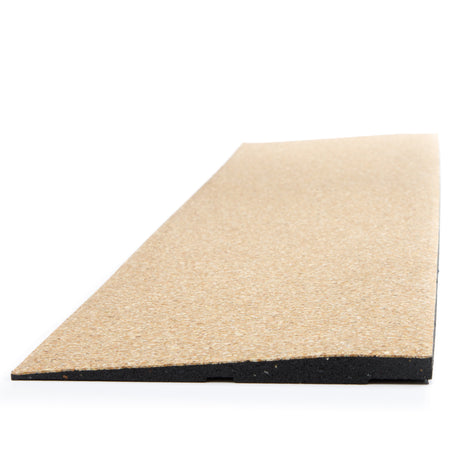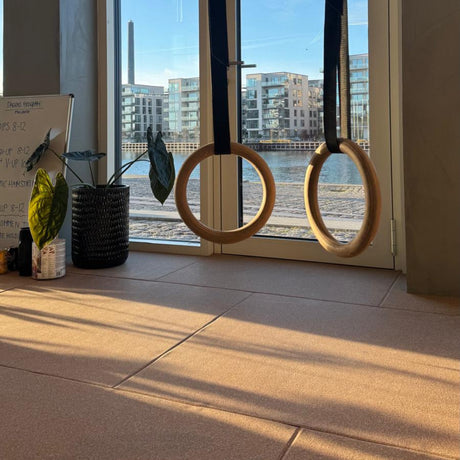In the world of tennis, certain names are spoken with reverence—not just for their trophies or titles, but for the way they rewrote the rules of resilience. Monica Seles is one of those names. Her story isn’t just about forehands and footwork; it’s about surviving the unimaginable and returning with grace, grit, and an undimmed spirit.
A Teenage Tornado

By the age of 19, Monica Seles had already turned the tennis world upside down. Eight Grand Slam titles. The youngest-ever world No. 1. Her game was like nothing the sport had seen before—a two-handed powerhouse from both wings, delivering blistering shots with relentless aggression and signature grunts that echoed around stadiums.
She wasn’t just winning matches. She was changing the way women’s tennis was played.
April 30, 1993 – The Day Everything Changed

But then came Hamburg. A routine quarterfinal match against Magdalena Maleeva. The sun was shining. The crowd calm. Seles was leading. She sat down for a changeover. Then, in a moment that would forever scar the sport, a man climbed from the stands and stabbed her in the back with a 9-inch knife.
The attacker was a deranged fan obsessed with Steffi Graf, Seles’s biggest rival at the time. He wanted to see Graf regain the No. 1 spot. In that moment of madness, tennis—and Monica’s life—was changed forever.
After the Attack: More Than a Physical Wound

Physically, the stab wound was not life-threatening. But the emotional trauma? That was the true injury. Seles withdrew from the sport. Not for weeks. Not for months. But for over two years.
She later opened up about her battles with PTSD and depression—an athlete used to controlling everything on court, now struggling to control her thoughts and fears off it. The pain wasn’t just from the attack itself. It was the fear, the insecurity, and the invasion of a world that had once felt safe.
28 Months in the Dark
 For 28 months, Monica Seles was absent from the game she once dominated. The tennis world moved on. Graf flourished. New names emerged. But one question lingered: would Seles ever return?
For 28 months, Monica Seles was absent from the game she once dominated. The tennis world moved on. Graf flourished. New names emerged. But one question lingered: would Seles ever return?
She herself didn’t know. The injury may have healed, but every comeback attempt came with emotional hurdles. Every shadow in the crowd. Every strange noise. Every question she asked herself: Can I still be me on the court?
The Return: A Champion Reborn
 August 1995. Canadian Open. Monica Seles stepped back onto a competitive court after 28 months away. Many expected her to struggle. Instead, she stormed to the title.
August 1995. Canadian Open. Monica Seles stepped back onto a competitive court after 28 months away. Many expected her to struggle. Instead, she stormed to the title.
It was a moment of glorious defiance. She hadn’t just returned. She’d returned with intent.
Weeks later, she was back in Grand Slam action. And in January 1996, she lifted the Australian Open trophy—her ninth and final Slam. She’d proven to herself and the world that while scars may stay, strength endures.
Legacy Beyond Titles
 Though she never quite regained the dominance of her teenage years, Seles’s legacy became something far bigger than tennis. Her comeback wasn’t just about athletic performance. It was about emotional resilience, mental strength, and reclaiming joy in the face of darkness.
Though she never quite regained the dominance of her teenage years, Seles’s legacy became something far bigger than tennis. Her comeback wasn’t just about athletic performance. It was about emotional resilience, mental strength, and reclaiming joy in the face of darkness.
She became a symbol for anyone who has faced trauma. Her journey resonated beyond the sport—with survivors of violence, with anyone struggling through mental health challenges, and with those trying to find themselves after everything they knew had been shaken.
In her own words:
“I was never the same again—but I was proud of what I became.”
More Than a Player. A Survivor. An Icon.
 Seles didn’t just return to tennis. She returned to herself. With grace. With honesty. With the quiet power of someone who’s been broken and put the pieces back together—on her own terms.
Seles didn’t just return to tennis. She returned to herself. With grace. With honesty. With the quiet power of someone who’s been broken and put the pieces back together—on her own terms.
Today, she’s remembered not just for her titles or her rivalries, but for her courage. For showing us that the greatest victories aren’t always on scoreboards. They’re in the way we keep going. The way we heal. The way we show up—scars and all.
The Final Word
 Monica Seles’s story is a reminder that tragedy doesn’t define you. What you do after does. And while she may have been robbed of her prime, she gained something even greater: an unshakeable legacy of strength.
Monica Seles’s story is a reminder that tragedy doesn’t define you. What you do after does. And while she may have been robbed of her prime, she gained something even greater: an unshakeable legacy of strength.
💪 The human spirit is unbreakable.
🎾 And sometimes, the fiercest fight is fought off the court.








